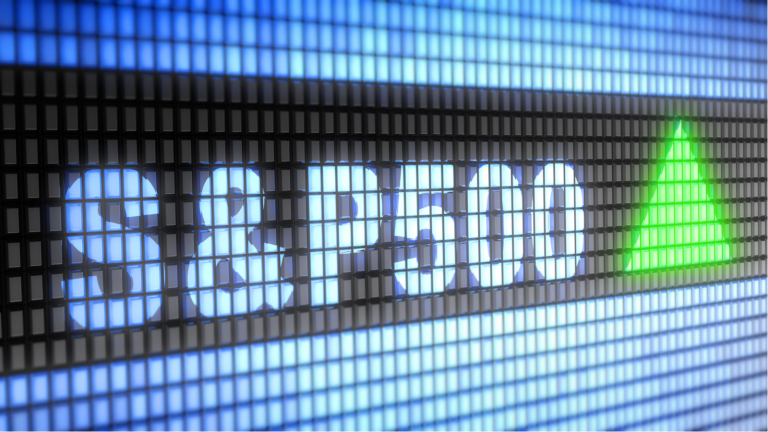Since 1928, there have been 25 bear markets, or declines in the S&P 500 of 20% or more, according to Yardeni Research. Market corrections have been far more common. From World War II forward, there have been 24 drops of 10% or more by the benchmark index. The average decline is 14.1%.
What is common to both is the relative brevity of both types of downturns. According to Covenant Wealth Advisors data, the average recovery after a correction only took four months. A bear market lasted a bit longer — some 1.4 years. The bull markets that followed, however, averaged 8.9 years.
Yes, corrections and crashes are painful, but the stampede that comes after always wipes away all vestiges of the downturns. The stock market ends up charging ahead to new highs. It pays to stay the course and not bail out when things go south. It is only a matter of time — a comparatively short period in the scheme of things — before things are looking up again.
So, there is a market crash coming. No one knows when, but it is part of investing, and you should prepare for it. The following three S&P 500 stocks to buy should be in your portfolio today.
Walmart (WMT)

There should be little question about why Walmart (NYSE:WMT) is a top stock to own during a crash. The ensuing recession will have consumers searching out the best, everyday low prices to stretch their dollars. There are few better places to find that than at the retail king.
Walmart has a long history of outperformance during market crashes. It returned over 23% during the pandemic compared to an 18% return by the S&P 500. Walmart also thrived during the financial market meltdown in 2008 and 2009, returning nearly 10% for investors while the index collapsed 33%. And during the dot-com implosion of 2001, it also returned 10% while the market lost 12%.
But the retail king has been a phenomenal stock to own, regardless of when you bought shares. Since its IPO, Walmart has generated a total return of 462,000%. $1,000 invested in the retailer in 1970 would be worth $4.6 million today. That would ease the pain of a few market crashes and is why Walmart is a top S&P 500 stock to buy.
Amazon (AMZN)

Amazon (NASDAQ:AMZN) has been even more resilient during recent corrections and crashes for many of the same reasons: it is an integral part of the retail economy. Especially during the pandemic, e-commerce was a lifeline to the outside world.
Early on, though, it was a somewhat different story. For example, during the 2001 downturn, Amazon was still a bookseller and wouldn’t begin offering cloud-based services until the following year.
By the 2008 to 2009 crash, Amazon had evolved into a more diversified business. It had launched the Prime membership program three years prior and a grocery business a year later. It lost 3% during the collapse of the financial markets, but it performed significantly better than the broad index.
By the time of the pandemic, Amazon was an essential retail business and the backbone of the internet. So many companies and governments relied upon Amazon Web Services, which was essential and mission-critical. Amazon stock returned 76% in 2020 compared to the market’s 18% gain.
Amazon has returned over 188,000% since its 1997 IPO, with $1,000 invested at the time, worth almost $1.9 million today.
AbbVie (ABBV)

Pharmaceutical stock AbbVie (NYSE:ABBV) hasn’t been around nearly as long as Walmart or Amazon. It was spun out from Abbott Labs (NYSE:ABT) — itself a recession stalwart — in 2013 and has done well for investors since. It has generated 660,000% returns over that time, turning $1,000 into $7,800, or 70% better than the S&P 500’s returns. AbbVie also handily outperformed the benchmark index during the pandemic, returning over 27% in 2020.
Over the past year, the pharma giant has been under pressure, though it is keeping pace with the market averages. Analysts have been worried about the impact the loss of patent protection on Humira’s arthritis treatment would have on its business. Wall Street is coming to believe it won’t be as bad as feared.
Although AbbVie won’t have the massive $19 billion in annual sales from Humira it once did, it will still realize sales of $4 billion to $5 billion a year. It’s not too shabby for a company with biosimilar competition. AbbVie also has a strong pipeline of drugs. Analysts at Cantor Fitzgerald initiated coverage on the pharma with an “overweight” rating and a $200 per share one-year price target. That implies a 20% upside from current trading prices and could be a sufficient buffer in a market crash.
On the date of publication, Rich Duprey held a LONG position in ABBV stock. The opinions expressed in this article are those of the writer, subject to the InvestorPlace.com Publishing Guidelines.
